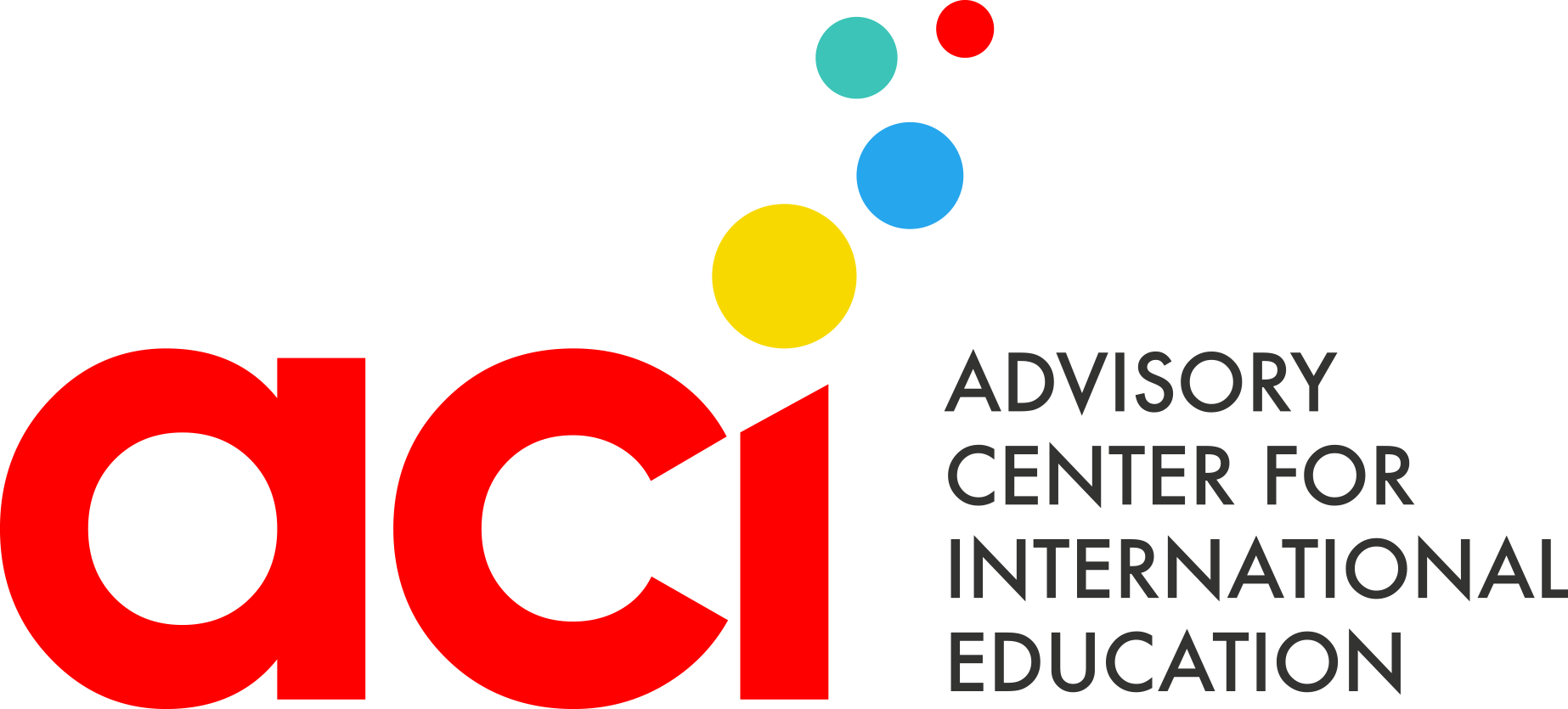The Graduate Management Admission Test, or GMAT, is an important part of the business school application process. The GMAT is a multiple-choice, computer-based and computer-adaptive standardized exam that is often required for admission to graduate business programs (MBA) globally.
The GMAT is developed and administered by test maker GMAC to provide business schools with common measures of applicants’ preparedness for graduate-level academic work. Business school admission committees look at your GMAT score, along with work experience, academic record, and supporting materials, to assess your readiness for the rigors of an MBA program.
What is on the GMAT?
The GMAT exam measures your command of basic arithmetic, algebra, geometry, multi-source data analysis, and grammar. More importantly, it measures your ability to analyze and evaluate written material, think critically, and solve problems. The GMAT is first and foremost a test of your critical thinking skills. Knowing how to reason through and analyze information is the key to a great GMAT score.
What are the GMAT sections?
The GMAT contains four distinct section types, although you’ll use the same critical thinking and analysis skills throughout the test, just like you will during your MBA coursework.
The content on the GMAT is broken down into four scored test sections, two of which are scored separately, and two of which are scored separately but are also combined to generate your composite score:
- Analytical Writing Assessment
- Integrated Reasoning
- Quantitative
- Verbal
IT DOES NOT MEASURE
- The knowledge of business
- Job skills
- The specific content in one’s undergraduate or first university course work
- Abilities in students another specific subject area, or
- Creativity, subject and interpersonal of qualities skills
Format and Timing
The GMAT exam consists of three main parts, the Analytical writing Assessment, the Quantitative section, and the verbal section.
Analytical Writing Assessment
The GMAT exam begins with the Analytical Writing Assessment (AWA).The AWA consists of two separate writing tasks- Analysis of an issue and Analysis of an Argument. Students are allowed 30 minutes to complete each one.
Quantitative Section
Following an optional ten- minute break, students begin the Quantitative section of the GMAT exam. This section contains 37 multiple –choice questions of two question types- Data Sufficiency and Problem Solving. Students are allowed a maximum of 75 minutes to complete the entire section.
Verbal Section

GMAT Test Detail in Nepal
Test Name: GMAT TEST
Fee: $250.00
GMAT Preparation Class
Course Name: GMAT Preparation ClassFee: NPR 15000 NPR 13000 Duration: 8 weeks

